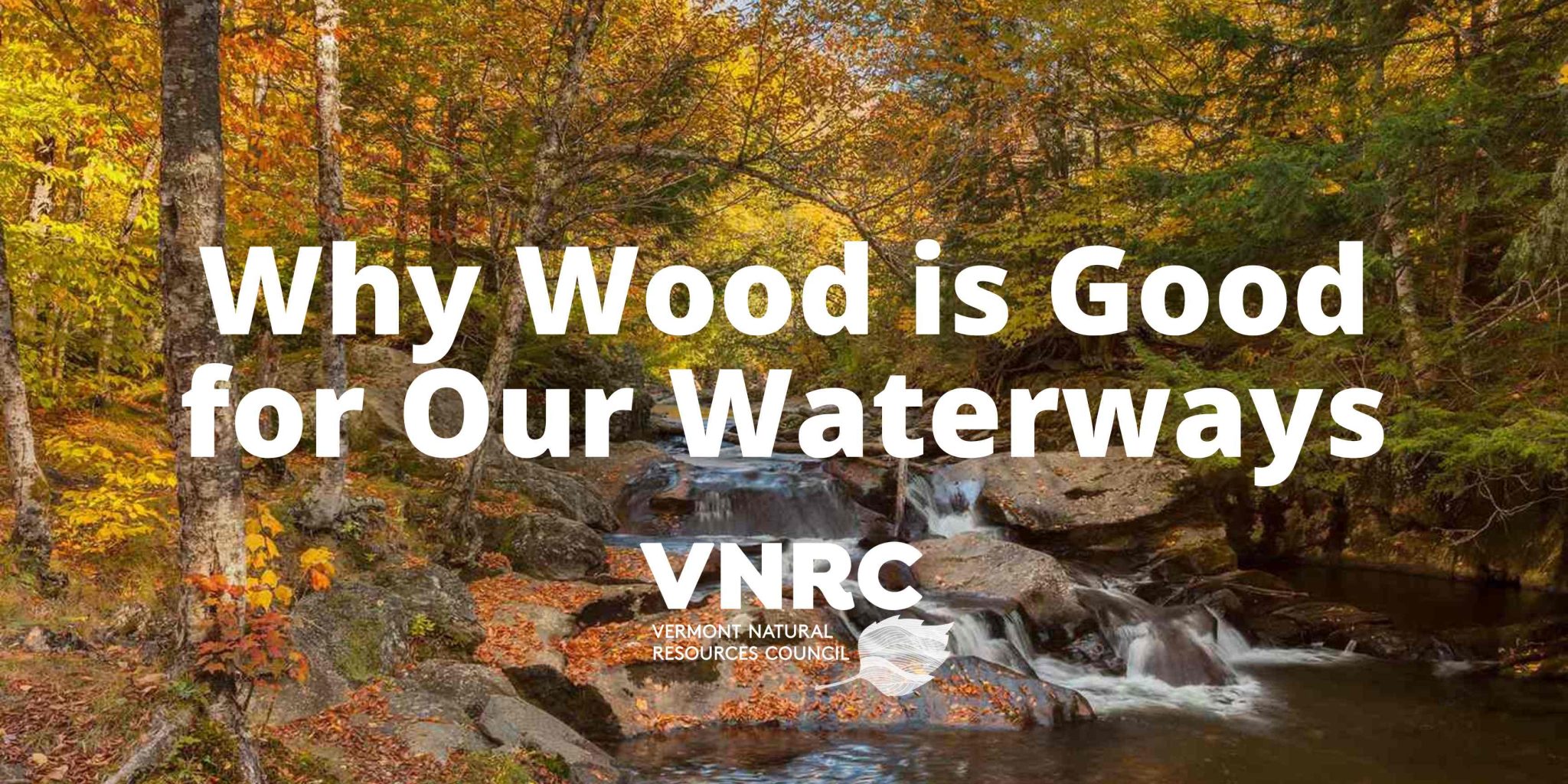This op-ed was written in response to concerns from Vermont community members, our own observations as landowners, and road crews cleaning up post-flooding damage. What we have heard and witnessed raise significant concerns that some of the activities are causing more harm to Vermont waters and violate Vermont’s laws that protect our public waters. As floods become more frequent in Vermont due to climate change, we must respond to these disasters in a way that protects our natural resources and does not exacerbate the impacts of flooding.
Drive for a few minutes in any direction in Vermont and you’ll notice the significant changes the rivers have had on the landscape this past year. Guardrails are falling into rivers, streams are flowing over and under our roads, sediment deposits of all sizes are providing nutrients to our floodplains, and woody debris and upstream garbage has left drift piles in unexpected places. The rivers are actively reshaping our communities.
As we clean up and move forward from the disastrous flooding, we need to remember that flooding is a natural process and, as a result of a changing climate it will happen again – this is how rivers function. At the same time, maintaining our built environment is critical for our own safety and function. We need to be able to travel along our roads and feel safe in our homes, schools, businesses, and other buildings.
It makes sense to remove woody debris that might compromise the integrity of our bridges and culverts. However, it doesn’t make sense to devoid the stream of all wood, which provides sustenance and helps maintain the integrity of the water cycle. Wood is good for our waterways because fallen trees trap sediment, and provide anchors around which the river can scour and undercut, shaping deposition, dissipating energy and even regulating water temperature.
Having a mix of habitat types is critical to river health, structure and biodiversity. Fallen trees act as nurse logs for new islands of growth – algae grows on decaying wood, and then traps seeds for native plants to establish. Water that pools around the wood traps small sticks and vegetative matter providing a food source for aquatic macroinvertebrates. Complexity is key.
Aside from the habitat implications, when a river is dredged, straightened, armored, and “cleaned” its velocity increases downstream. We have been making these mistakes for decades, and while this may appear to provide a short-term fix for our backyard or our community, it amplifies the stream’s force, causing down-cutting which deepens the channel, consequently eroding stream banks and sending faster, more damaging floodwaters downstream. Ultimately, dredging and removing all woody debris exacerbates flood damage and removes an important food source from the ecosystem, together degrading river system health. Leaving wood in the river, and giving the river room to meander, help slow the flow and reduce the force of floodwaters.
In Vermont, we built many of our communities along our rivers, and for our own safety, we all must be stewards of our waterways. We need to consider how our management of rivers worsen both flooding and ecological health. Conversely, a thoughtful and well-informed relationship with our waterways can help us live safely alongside thriving rivers, and support the health of this system, which provides us with the clean, cold water that we depend on.
___
This opinion was written collaboratively by Vermont Natural Resources Council, Conservation Law Foundation, Connecticut River Conservancy, The Nature Conservancy, and Lake Champlain Committee.




